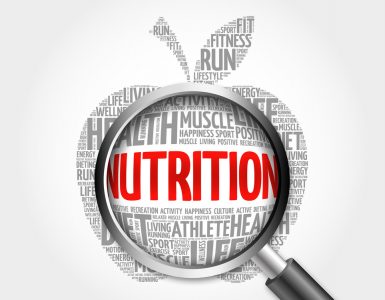It’s Men’s Health Week in June (10th-16th) and this year the Men’s Health Forum is focusing on the numbers men need to know for optimum health.
Editor Jane Garton discovers what the numbers mean.
Men are notoriously bad at looking after their health. The result? They are reticent to book that GP appointment and more likely to end up with more serious conditions that could have been easily treated had they been to the doctor earlier.
Men – if this sounds familiar it’s time to ring the changes and put your health top of your priority list. Remember a few routine checks can pick up early warning signs of conditions such as cancer and heart disease when there is still time to put a treatment plan in place.
Read on for the checks and numbers you simply can’t afford to ignore.
Check the pressure
Left untreated, constantly high blood pressure increases the risk of developing heart and kidney disease and increases stroke risk and heart failure six fold.
Blood pressure, the force of blood against the artery walls, is measured in millimetres of mercury (mm Hg) and recorded as two numbers: the systolic pressure (as the heart beats) over the diastolic pressure (as the heart relaxes between beats). Blood pressure is considered high if it is over 140/90 while between 120/80 and 90/60 is considered OK.
The message is simple – check your blood pressure regularly. Buy yourself a monitor or many GP surgeries now have free standing monitors you can walk in and use.
Manage your waistline
It is a good idea to measure your waist regularly. The reason? If it measures more than 37 inches your risk of a host of nasties such as heart disease, high blood pressure, stroke, diabetes, arthritis, cancer and back pain, to name but a few, goes up.
Measure your waist, not your trouser size, around your belly button while standing naturally (no breathing in!) If you are overweight there is plenty of help out there. Asking your GP for a selection of diet sheets is a good place to start.
Tot up your drinks
Although the odd drink probably won’t hurt you, the NHS now says ‘there is no such a thing as a “safe” level of drinking, there is only a “low-risk” level of drinking.’
Overdoing it increases risk of heart disease, stroke and other illnesses. The Government advice is to stick to 14 units a week (equivalent to around six pints) including a few days off. Opt for alcohol-free drinks or water instead of wine or beer with weekday meals. And if you do have a tipple try to avoid that extra glass.
Visit the Drink Aware website for more tips.
Check your BMI
Divide your weight in kilograms by your height in metres, then divide this result again by your height in metres. The result is your body mass index or BMI. If it’s over 25, you are overweight. If it’s over 30, you are obese.
Obesity contributes to a slew of health problems including heart disease, diabetes, osteoarthritis and some cancers. Regular exercise and eating a healthy low-fat, low-calorie diet are the best ways to maintain a healthy weight.
Assess your fitness
Just 150 minutes of moderate intensity exercise a week (or 30 minutes a day, 5 days a week) is all that is needed to keep fit and healthy. Among other things it will help to ward off heart disease, stroke and diabetes as well as keeping your weight healthy and your body shape trim.
If a busy lifestyle means it is difficult to fit in 30 minutes of exercise in one go you can break it up into two 15-minute blocks. And you don’t have to go to the gym. Any activity that makes you feel warm and slightly out of breath but allows you to carry on a conversation will benefit your health.
Many jobs in and around the house such as washing the car, moving furniture, chopping wood, walking the dog and digging the garden count as physical activity as long as you put enough effort into doing them.
























Add comment